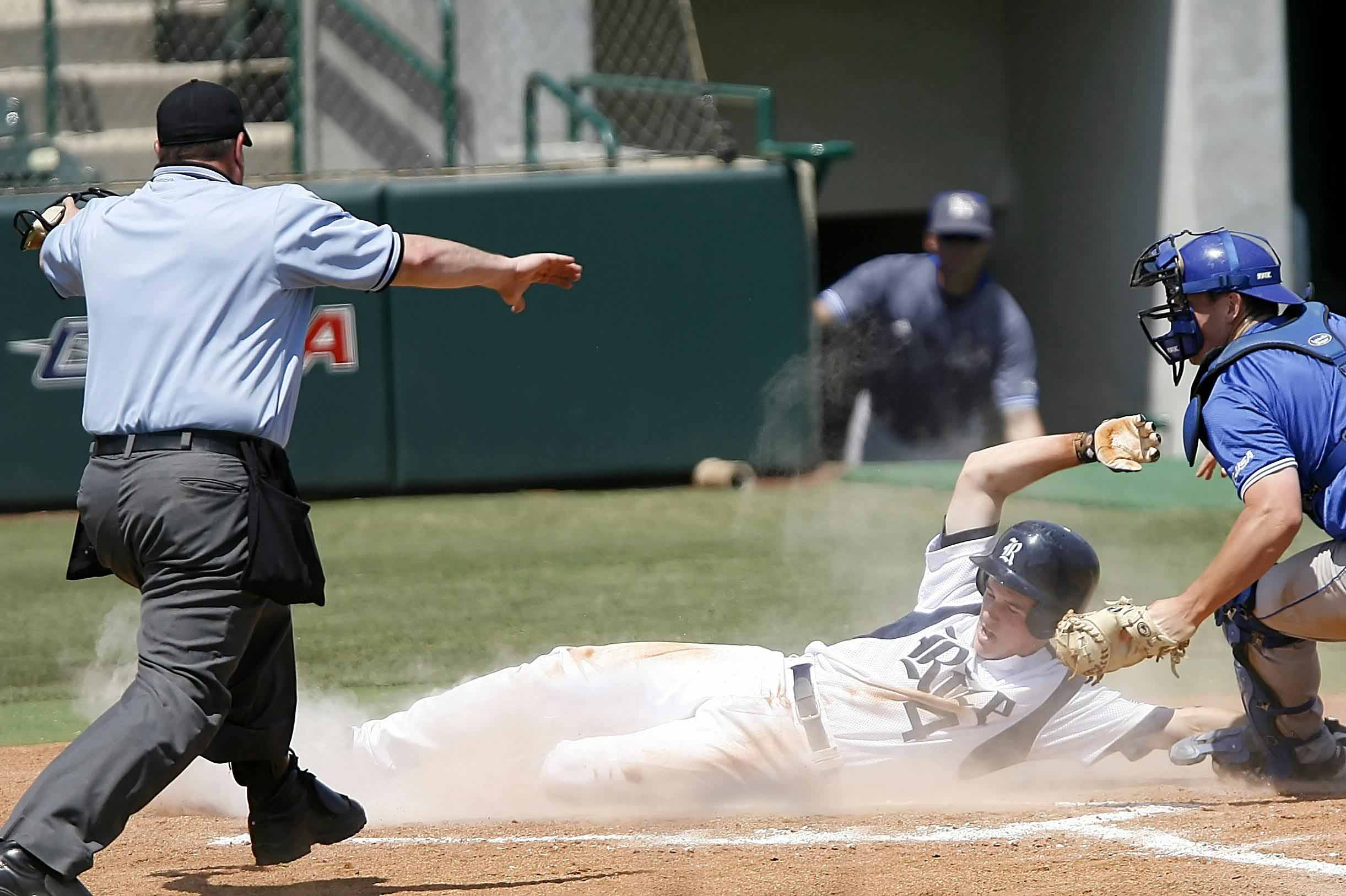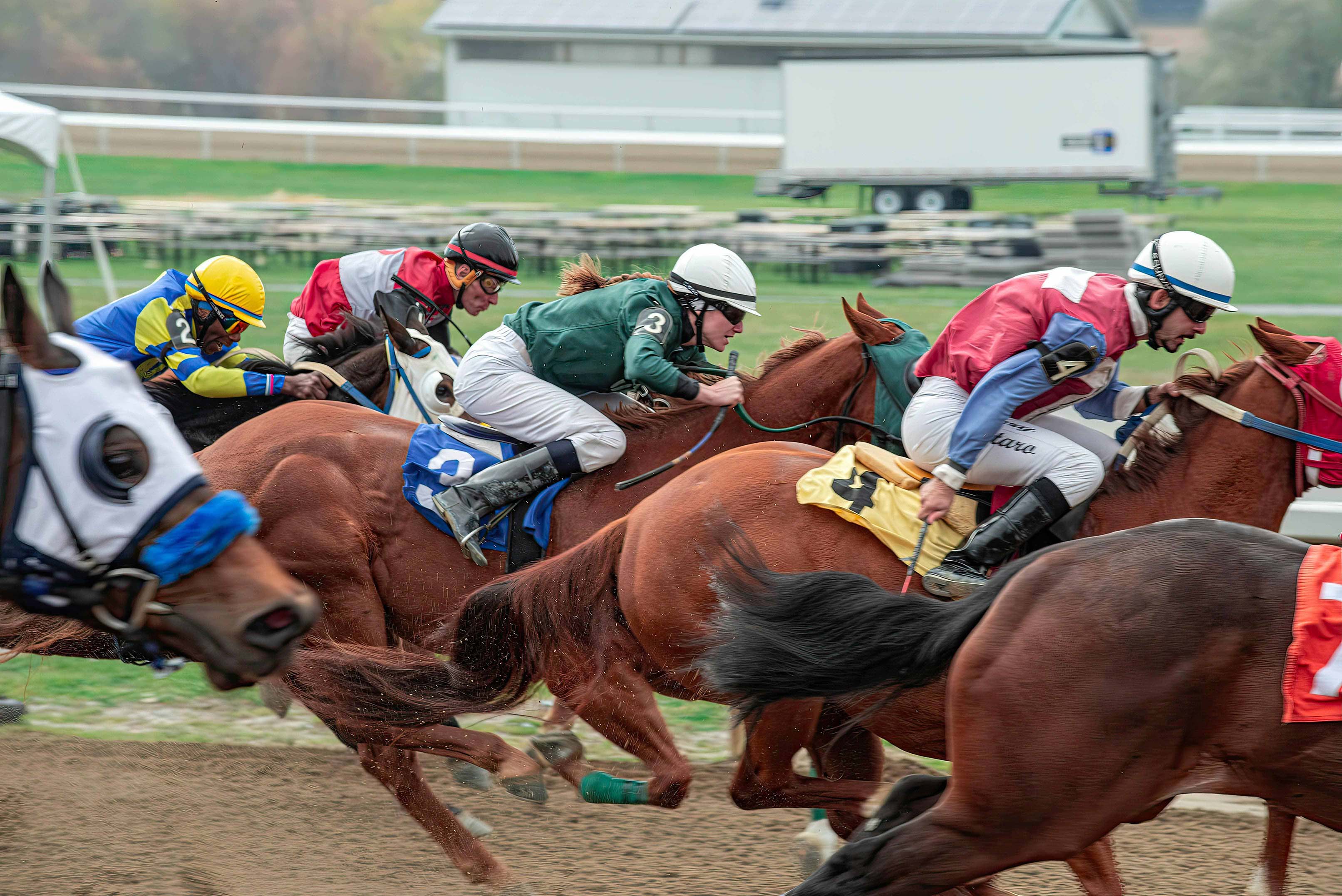
Injuries, lawsuits, equipment damage, and weather disruptions can cripple teams and leagues. Whether you're coaching youth soccer or running a local softball league, the right coverage protects your players, volunteers, and events. Learn how to stay in the game—safely.
Amateur sports are a cornerstone of community life. From youth soccer leagues to adult recreational softball teams, these activities promote physical fitness, teamwork, and social bonding. However, behind the scenes, amateur sports organizations face a wide range of risks. Without proper insurance, a single injury or lawsuit could jeopardize the future of a team, league, or entire sports program.
While amateur sports may seem low-risk compared to professional athletics, the reality is different. Athletes—whether children or adults—can suffer injuries ranging from minor sprains to serious concussions. According to Stanford Medicine, about 3.5 million children under age 14 receive medical treatment for sports injuries annually in the U.S.1
Coaches, volunteers, and event organizers can be held liable for negligence. Property damage, equipment theft, and severe weather can also disrupt operations and lead to unexpected expenses. A study by the Aspen Institute found that 35% of youth sports organizations face liability claims annually, underscoring the importance of protective measures.2
General Liability Insurance: Covers bodily injury and property damage claims. Essential for protecting organizations from lawsuits related to accidents during practices, games, or events.
Accident Medical Insurance: Helps cover medical costs for participants injured during sanctioned activities, reducing the financial burden on families and the organization.
Directors & Officers (D&O) Insurance: Shields board members and administrators from legal action due to alleged mismanagement, discrimination, or other governance issues.
Property Insurance: Protects facilities, equipment, and other assets from damage or loss due to fire, theft, or natural disasters. According to FLIP (Food Liability Insurance Program), the average property insurance claim in the amateur sports space is around $3,385.3
Event Cancellation Insurance: Reimburses costs associated with postponed or canceled events due to weather, facility issues, or other unforeseen circumstances.
In many states, amateur sports organizations are legally required to carry certain types of insurance, especially when using public facilities. Even when not required, insurance acts as a financial safeguard, allowing leagues to focus on their mission rather than fear unexpected disruptions.
Insurance is not just a safety net—it’s a strategic necessity in amateur sports. It protects the people, property, and passion that fuel local athletics. For leagues looking to grow sustainably and safeguard their future, investing in the right insurance coverage is a winning move both on and off the field.
Amateur sports enrich communities, but they also come with real risks—from injuries and property damage to lawsuits and event cancellations. Insurance provides essential protection for teams, organizers, and participants, ensuring that one incident doesn’t derail an entire program. Far from being optional, it’s a critical tool for preserving the safety, stability, and longevity of local sports.

read More
Behind the speed and spectacle of horse racing lies a world of risk—from serious jockey injuries to weather-related race cancellations. With over 2,500 jockey injuries reported annually and disruptions on the rise, the stakes go far beyond the finish line. In an industry where luck may determine the winner, insurance is what ensures everyone stays in the race.

read More
The world of insurance is evolving rapidly, driven by new risks, technological advancements, and shifting business needs. Whether you're in gaming, motor sports, or hospitality, staying ahead of these trends is essential for protecting your operations and achieving peace of mind. Here are the top five insurance trends shaping the industry in 2025.

read More
In the hospitality industry, risk often hides behind the scenes—from slip and fall accidents to devastating property damage and rising cyber threats. With 40% of hotel liability claims tied to falls and billions lost annually to fires and data breaches, even one incident can threaten a business’s future. Insurance isn't just about covering losses—it’s about protecting your people, your property, and the trust your guests place in you.